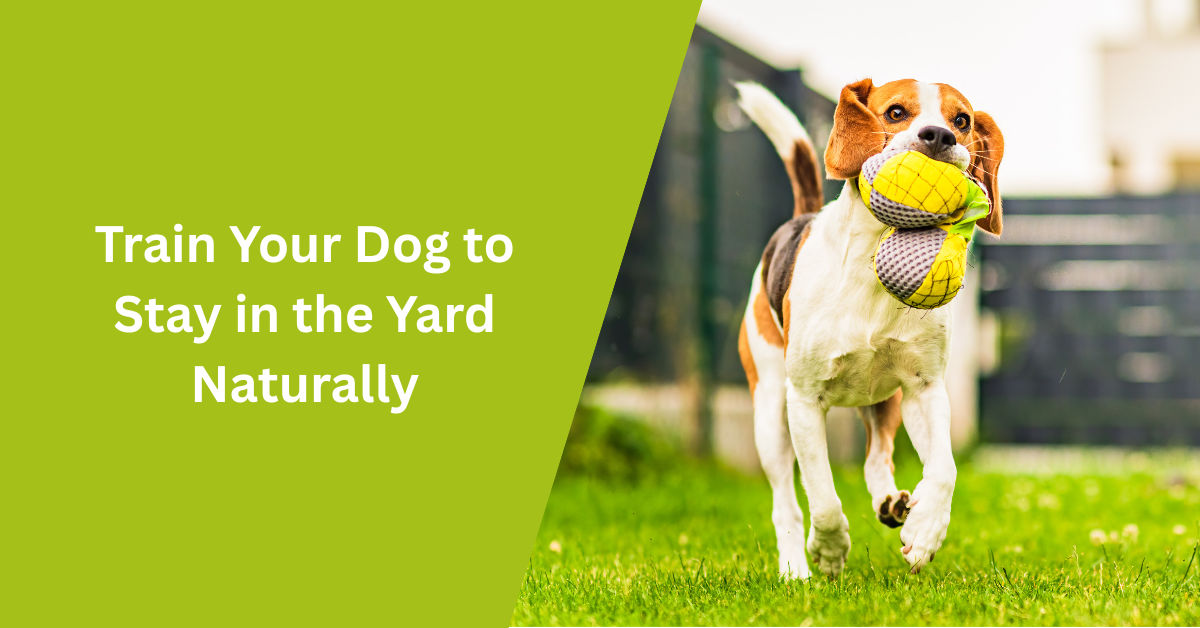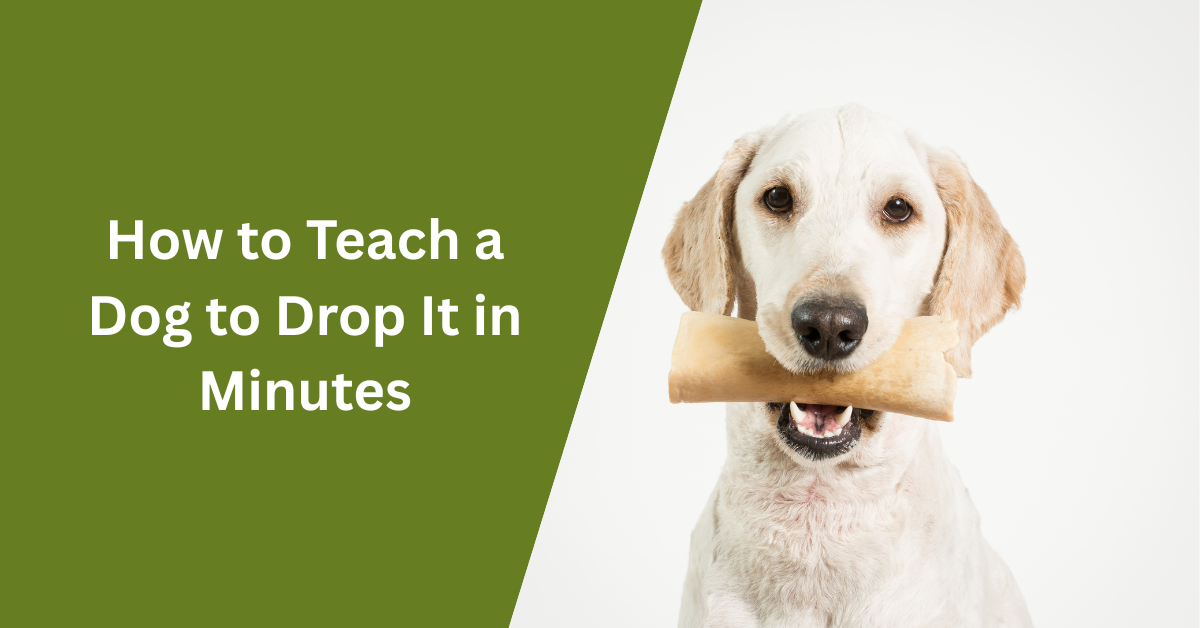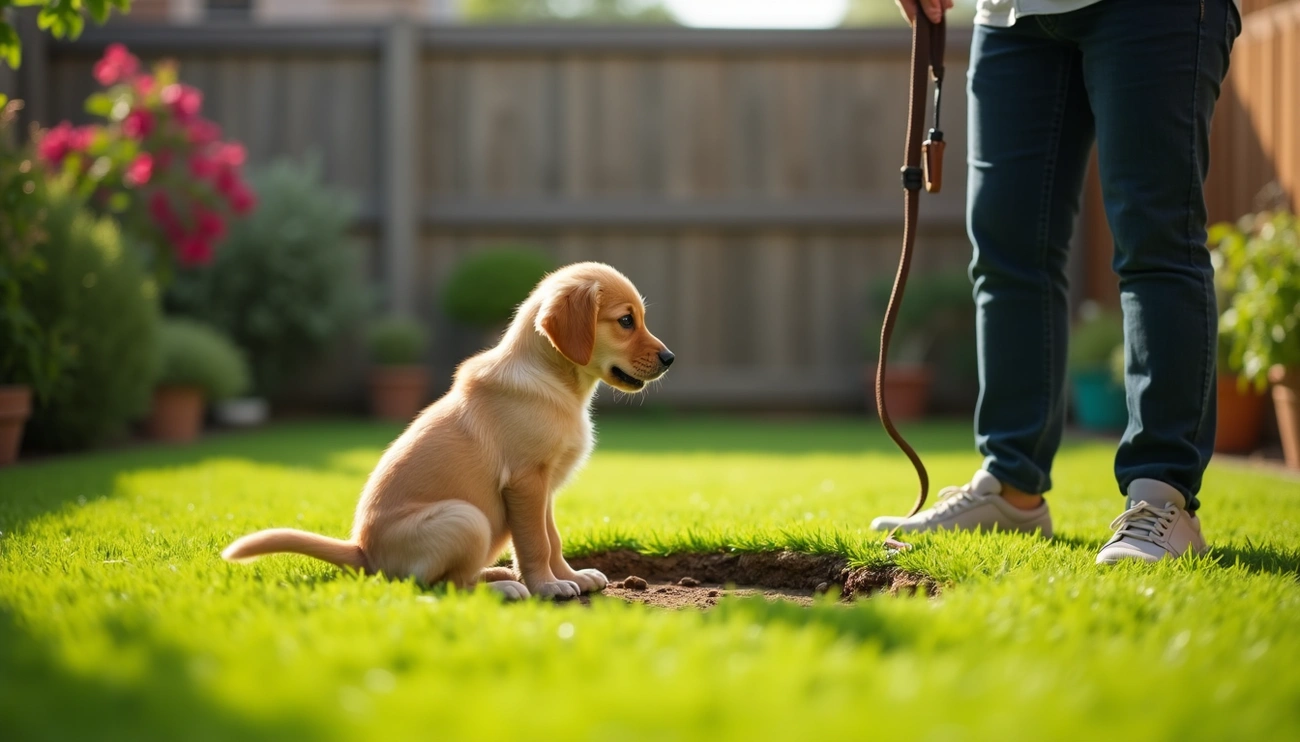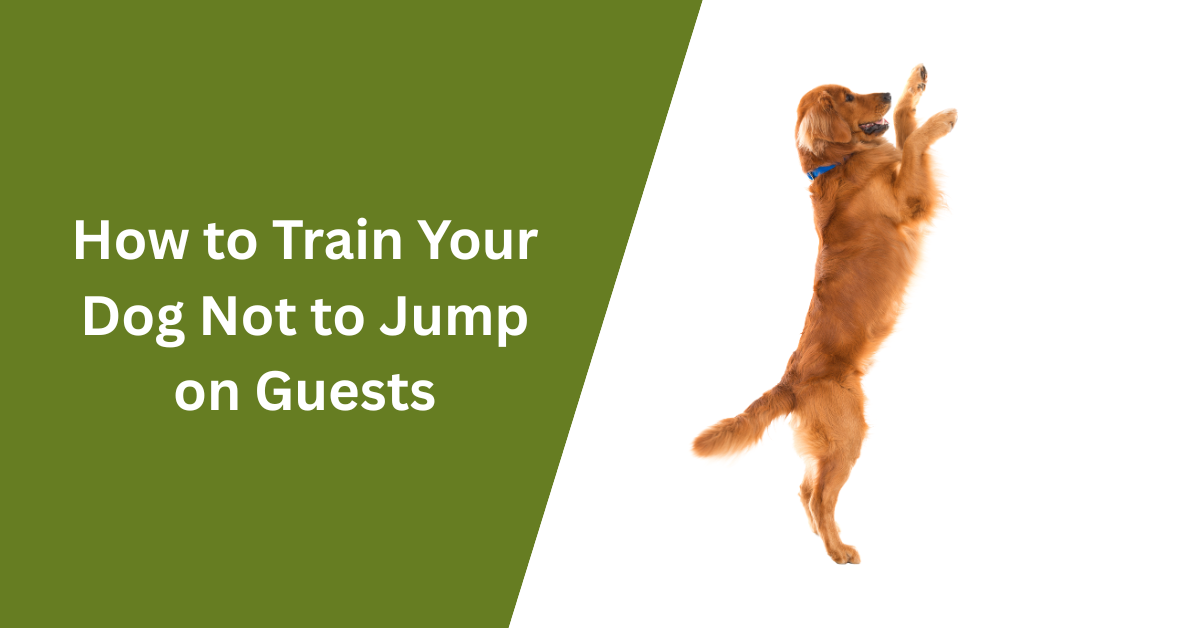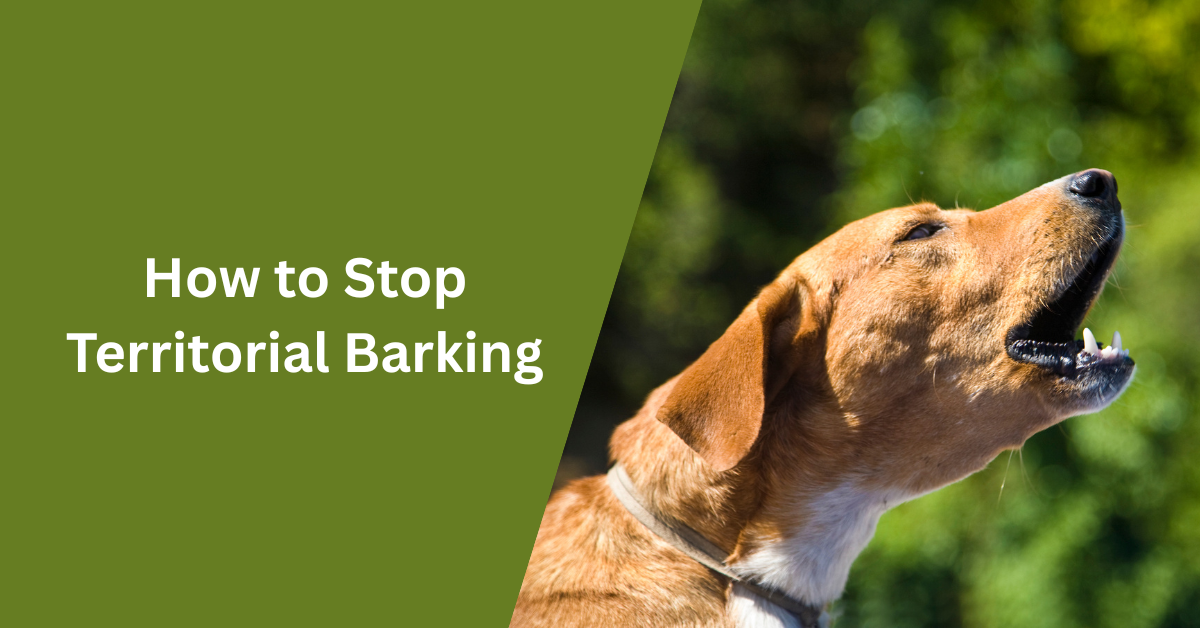Dogs possess a fascinating understanding of space and territory that goes beyond simple containment. According to veterinary behaviorists, dogs observe three distinct zones in their environment. The largest zone is their home range – familiar areas including streets and parks they regularly visit. The second zone encompasses their territory, which they actively defend, furthermore the smallest zone extends 5 to 6.5 feet around them as personal space.
How dogs perceive boundaries
Dogs naturally grasp the concept of living within specific geographic areas rather than wandering aimlessly. They establish their territory based on where they can comfortably survive, accessing essential resources like food, water, and shelter. Additionally, dogs actively patrol and mark these boundaries since they cannot build physical barriers like humans do.
Most notably, dogs demonstrate different levels of territorial behavior depending on how deep someone ventures into their space. As an intruder moves further into what a dog considers their territory, the dog’s defensive response typically intensifies. This territorial mindset stems from their ancestral DNA – although dogs have evolved for various purposes, guarding remains deeply ingrained in their nature.
Natural marking behaviors
Dogs communicate their territorial claims primarily through scent marking. They use pheromones – chemical messengers that other dogs can recognize. When investigating an area, dogs often conduct thorough “sniff investigations” before depositing their own scent markers. This behavior serves multiple purposes:
- Labeling their claimed territory
- Communicating with other dogs
- Establishing familiar reference points
- Renewing previous scent marks
Although marking is most common in intact males, neutered males and spayed females also engage in this natural behavior. The key difference between marking and regular urination lies in the amount – marking involves small amounts of urine left specifically to send territorial messages.
Territory vs containment mindset
Understanding the distinction between territory and containment proves essential for successful boundary training. Dogs naturally define and defend spaces they consider theirs. Nevertheless, this behavior differs from accepting artificial containment boundaries. When dogs establish territory, they make active choices about what spaces to claim and defend.
Rather than forcing containment, successful boundary training works with a dog’s natural territorial instincts. Since dogs tend to defend what they perceive as their own property and resources, we can shape their understanding of yard boundaries through positive reinforcement rather than restrictive measures.
For effective training, it’s crucial to recognize that dogs may expand their territorial claims beyond your intended boundaries. Some dogs consider the street part of their territory, whereas others maintain smaller territories. By working with these natural instincts rather than against them, furthermore establishing clear expectations through consistent training, we can guide dogs to respect designated yard boundaries without relying on physical barriers.
Start With Basic Commands
Mastering basic commands forms the foundation of successful boundary training. Through consistent practice and positive reinforcement, dogs learn to respond reliably to essential cues that keep them safe within yard boundaries.
Essential recall training
Teaching your dog to come when called stands as one of the most crucial safety skills. A reliable recall means your dog will return to you 99.99% of the time upon hearing their name followed by the command. Start recall training indoors with minimal distractions, gradually increasing difficulty as your dog improves.
For effective recall training:
- Use unique command words instead of common phrases
- Practice in 15-30 minute daily sessions
- Reward with high-value treats like chicken or cheese
- Make training sessions fun and engaging
Moreover, avoid repeating commands multiple times, as this weakens the cue’s effectiveness. Instead, maintain a cheerful tone and reward immediately when your dog responds. Practicing recalls between family members helps strengthen this vital command.
Stay command mastery
The stay command requires dogs to remain in their designated spot without moving, whining, or barking until released. Though seemingly simple, many dogs struggle with staying put as they often see no immediate purpose in the exercise.
To build a solid stay command:
- Begin training using a 6-8 foot lead attached to a secure point
- Position your dog slightly back from the lead’s end
- Give the stay command with an open hand signal
- Step away gradually, maintaining eye contact
- Return quickly to reward successful stays
Significantly, if your dog breaks the stay, calmly reposition them without speaking – any negative tone can interfere with learning. Practice stays in short increments, giving your dog time to internalize each learning experience.
As training progresses, introduce the sit-stay and down-stay variations using the same technique. Once mastered indoors, move training outside using a light line for safety. Remember to keep outdoor training sessions brief – 15 to 30 minutes daily produces optimal results.
Primarily, avoid using the stay command for extended periods, as this can damage the trust between you and your dog. Instead, focus on building reliability through consistent, short-duration practice sessions. Through patient training and positive reinforcement, these fundamental commands create the groundwork for successful yard boundary training.
Teaching Yard Boundaries Step by Step
Boundary training transforms your yard into a safe haven for your dog through systematic, positive reinforcement. By following a structured approach, you can teach your dog to respect invisible boundaries naturally.
Walking the perimeter
Begin the training by attaching a 15-to-20-foot leash to your dog’s collar. Walk along the yard’s edge, pointing toward the ground to help your dog visually understand the boundary line. During initial training sessions, maintain short durations of 15 minutes with 10-minute breaks between sessions.
As your dog becomes familiar with the boundary, replace pointing with sweeping arm motions. This gradual transition helps your dog associate the perimeter with their designated space. Primarily focus on positive reinforcement – reward your dog generously whenever they stay within the boundary.
Using visual markers
Set up utility marking flags approximately 6-8 feet apart along your desired boundary line. These flags serve as clear visual cues for your dog during the learning process. Start by introducing your dog to a single flag:
- Position yourself 10 feet from the flag
- Walk your dog toward it
- Say “no” firmly
- Guide them back to the starting position
- Command them to sit
- Reward with treats upon compliance
Reward zones setup
Create designated reward zones within the safe boundary area. This strategy reinforces the concept that staying within bounds leads to positive experiences. For optimal results, practice boundary training at least once or twice daily for several months.
Consider implementing a grading scale for rewards:
- Outstanding performance: Multiple treats or extended play time
- Good compliance: Single treat or brief praise
- Need improvement: Reset and try again
Practice patterns
Establish consistent training patterns by incorporating distractions gradually. Start with basic boundary recognition, then progress to more challenging scenarios. Once your dog demonstrates reliable boundary awareness, introduce controlled distractions:
- Have someone walk past the boundary
- Toss toys across the line
- Allow other dogs to pass by (at a safe distance)
Remember to supervise your dog closely during these exercises. Upon successful completion of each training phase, gradually increase the length of the training lead. This progression allows your dog more freedom while maintaining control.
Throughout the process, remain patient and consistent. If your dog crosses the boundary, avoid punishment. Instead, calmly guide them back to the correct side and reinforce proper behavior with rewards. Through persistent practice and positive reinforcement, your dog will develop a natural understanding of yard boundaries, creating a secure environment without physical barriers.
Building Trust Through Play
Play serves as a powerful tool in reinforcing boundary training while strengthening the bond between you and your dog. Through engaging activities, dogs release dopamine – a feel-good hormone that helps them associate yard boundaries with positive experiences.
Fun yard games
Incorporating interactive games within yard boundaries creates lasting positive associations. One effective game involves setting up a kiddie pool filled with balls and sprinkling treats on top. As your dog searches for treats, the shifting balls provide mental stimulation alongside boundary reinforcement.
For dogs who enjoy physical activity, create an obstacle course using household items. Set up weave poles, tunnels, or jumps within the safe zones of your yard. This not only reinforces boundary awareness but also provides essential mental and physical exercise.
Consider these engaging yard activities:
- Hide-and-seek with treats scattered within boundary zones
- Bubble chasing using dog-safe, scented bubbles
- Interactive fetch through sprinklers on warm days
- Flying disk games with designated catch zones
Reward-based activities
Establishing a consistent reward system proves essential for successful boundary training. Primarily focus on three main reward categories:
- Food rewards
- Verbal praise
- Interactive play
When rewarding boundary compliance, vary the duration of play rewards based on performance. For instance, offer 30+ seconds of tug play for exceptional behavior, or limit to 15-20 seconds for standard compliance.
To enhance mental stimulation, incorporate food puzzles and enrichment toys within the designated yard space. Kong toys filled with frozen treats or snuffle mats scattered with kibble encourage natural foraging behaviors while reinforcing boundary awareness.
Beyond traditional treats, utilize “real life” rewards – activities your dog naturally enjoys. Upon demonstrating proper boundary behavior, grant access to favorite yard spots or permit supervised exploration of new scent zones within the established perimeter.
For optimal results, maintain consistency in your reward timing and delivery. Immediately acknowledge positive behavior with treats or praise, gradually extending the duration between rewards as your dog demonstrates reliable boundary recognition.
Through persistent play-based training, dogs develop a natural inclination to remain within yard boundaries. The key lies in making the designated space more appealing than areas beyond the perimeter. By combining structured games with consistent rewards, your dog learns that staying within bounds leads to engaging experiences and positive interactions.
Handling Common Challenges
Even the most diligent boundary training faces occasional setbacks. Understanding these challenges enables dog owners to maintain consistent progress toward yard boundary success.
Dealing with distractions
Training dogs to ignore distractions requires systematic desensitization. Start by ranking potential distractions on a scale of 1-5, where level 1 represents mild distractions like background music, plus level 5 indicates serious challenges such as deer running past.
To build distraction resistance:
- Begin training in low-distraction environments
- Gradually increase exposure as your dog succeeds
- Maintain a distance where your dog can focus
- Use high-value treats that outcompete environmental temptations
Primarily, avoid exposing your dog to multiple distractions simultaneously, as these effects compound rapidly. Upon encountering a new distraction, temporarily reduce your expectations and increase reward frequency.
When dogs test limits
Dogs naturally explore boundaries, especially during adolescence. Their proximity to you directly influences boundary-testing behaviors – the closer you remain, the better they comply.
To address boundary testing effectively:
- Stay within your dog’s visual field
- Maintain consistent consequences
- Reward boundary respect immediately
- Reset training temporarily if needed
Essentially, dogs learn through repetition that staying within bounds leads to positive outcomes. Therefore, aim for an 80-95% success rate in training sessions. This approach builds reliable boundary recognition through consistent positive experiences.
Emergency recall tips
An emergency recall serves as your safety net when boundary training faces serious challenges. Unlike regular recalls, emergency recalls must work instantly, regardless of circumstances.
For establishing a reliable emergency recall:
- Choose a unique command word or whistle sound
- Pair it with exceptional rewards (¼ to ½ cup of high-value food)
- Practice once daily for minimum 7 days indoors
- Progress outdoors only after consistent indoor success
- Maintain practice 1-2 times weekly long-term
Most importantly, avoid overusing the emergency recall, as this diminishes its effectiveness. Save it for genuine emergencies where immediate response proves crucial. Consequently, practice sessions should occur randomly yet consistently to maintain reliability without reducing novelty.
Through proper understanding of these challenges, alongside consistent application of solutions, boundary training becomes increasingly reliable. Primarily focus on setting your dog up for success through gradual progression, plus maintaining clear expectations. Undoubtedly, patience coupled with persistence transforms these common challenges into opportunities for strengthening your dog’s boundary recognition skills.
Conclusion
Teaching dogs to respect yard boundaries naturally aligns with their territorial instincts while keeping them safe. Through consistent practice of basic commands, systematic boundary training, and engaging play sessions, dogs learn to stay within their designated space willingly.
Success depends on understanding your dog’s natural behaviors and responding appropriately when challenges arise. Rather than forcing compliance, positive reinforcement creates lasting boundary recognition that works better than physical barriers.
Remember that boundary training requires patience and dedication – typically several months of regular practice. Start with basic commands, progress through structured training steps, and maintain engaging play sessions within bounds. Most importantly, celebrate small victories as your dog develops reliable boundary awareness.
Ultimately, a well-trained dog who understands yard boundaries enjoys greater freedom while staying safe. Though the process demands time and consistency, the reward of having a trustworthy companion who respects invisible boundaries makes every training session worthwhile.
I’ve loved dogs all my life and have cared for many different breeds over the years. Here, I share simple tips, stories, and helpful advice for all dog lovers. Whether you’re a new pet parent or a lifelong dog fan, you’ll find something useful and fun on my site.
